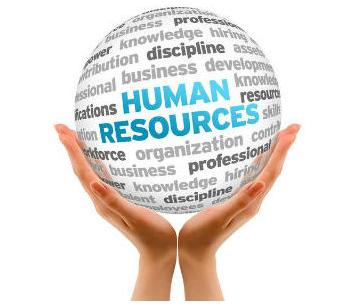Today, most of the companies believed that in order to achieve and sustained effectively, human resource management (HRM) needs to be efficient. Effective HRM can be main factor for the success of an organization. In the new economy, it has become a trend of employees staying on for a short duration in any one organization, which results to many problems. Failure in managing human capital will create fatal problems to the company. Therefore, most of the organizations, both domestic companies and multinational corporations (MNCs) tend to focus more on HRM as a key of success.
1. Hiring the Right PeopleHiring the right people from the start would also reduce employee turnover.… Read the rest


